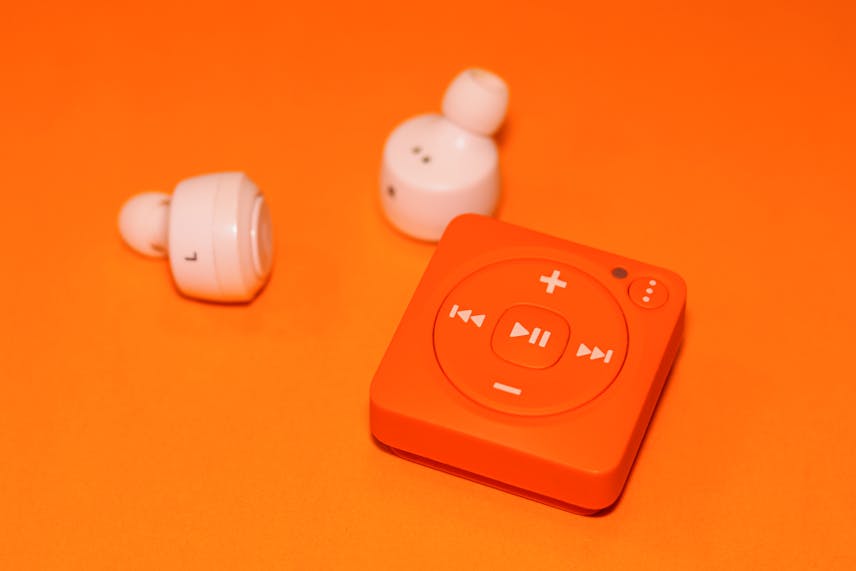When it comes to creating the perfect LOFI music track, the choice and treatment of drums play a pivotal role in achieving the genre’s characteristic sound. Often defined by its mellow, nostalgic vibe, LOFI music relies on drums to provide a laid-back, yet engaging rhythm that invites listeners into a state of relaxation and contemplation.
The Role of Drums in LOFI Music
Unlike in many other music genres where drums are designed to be sharp and prominent, drums for LOFI take on a more subtle approach. The beats are typically low-pass filtered which means that high frequencies are rolled off, giving the drum sounds a softer, warmer feel. This is crucial in creating the ‘dusty’ or ‘vintage’ aesthetic that is synonymous with LOFI music.
Another characteristic of LOFI drums is the use of ‘swing’ in the beat pattern. This swing creates a laid-back groove that is neither too rushed nor too sluggish, perfectly encapsulating the relaxed tempo of life’s unhurried moments. The swing also adds a human-like quality to the rhythm, as if the drums were being played by a laid-back session drummer in a smoky room.
Choosing the Right Drum Samples
Selecting the right drum samples is crucial when creating a LOFI track. Producers often look for samples that have natural, analog warmth, and sometimes even intentional imperfections to enhance the music’s authentic, lo-fi quality. These imperfections can include vinyl crackles, tape hiss, and subtle distortions that provide a sense of nostalgia and warmth.
Programming and Processing Techniques
Programming drums for LOFI music often involves deliberately lowering the precision of drum hits. This is achieved by slightly shifting drum hits off the grid, which avoids the mechanical feel of perfectly quantized beats and instead provides a more ‘human’ timing. Additionally, producers can layer multiple drum samples with varying textures to create a richer, more complex sound.
Processing drums for LOFI also involves techniques such as sidechain compression, where the kick drum triggers a compressor placed on other elements of the track, like the bass or melody. This creates a ‘pumping’ effect that further contributes to the dreamy, laid-back atmosphere of LOFI music.
Integrating Live Drum Recordings
While samples are widely used, some LOFI producers prefer to integrate live drum recordings to inject an organic feel into their tracks. Recording live drums allows for nuances and variations that can make a track truly unique. The key to incorporating live drums into LOFI music is to ensure they are processed in a way that aligns with the genre’s aesthetic—often using vintage microphones, preamps, and adding analog warmth in post-production.
Creating the Perfect LOFI Drum Loop
To create the perfect drum loop for LOFI music, it’s essential to balance simplicity with character. A minimalistic drum pattern can be brought to life with the right texture and groove. Producers often recycle and chop up old drum breaks from funk and soul records, then process them to fit the LOFI mold. This not only pays homage to the roots of beat-making but also keeps the essence of LOFI music’s nostalgic charm.
Ultimately, the goal is to make the drums feel like they’re a sampled part of an old record, blending seamlessly into the background while still providing a solid rhythmic foundation for the track.
In conclusion, drums for LOFI are much more than just a rhythmic backbone; they are a canvas for creativity and nostalgia. Through careful sample selection, programming, and processing techniques, producers can craft the perfect drum sound that encapsulates the essence of LOFI music. Whether through digital means or live recordings, the drums in a LOFI track are a testament to the genre’s appreciation for the imperfections and warmth of analog sound.

